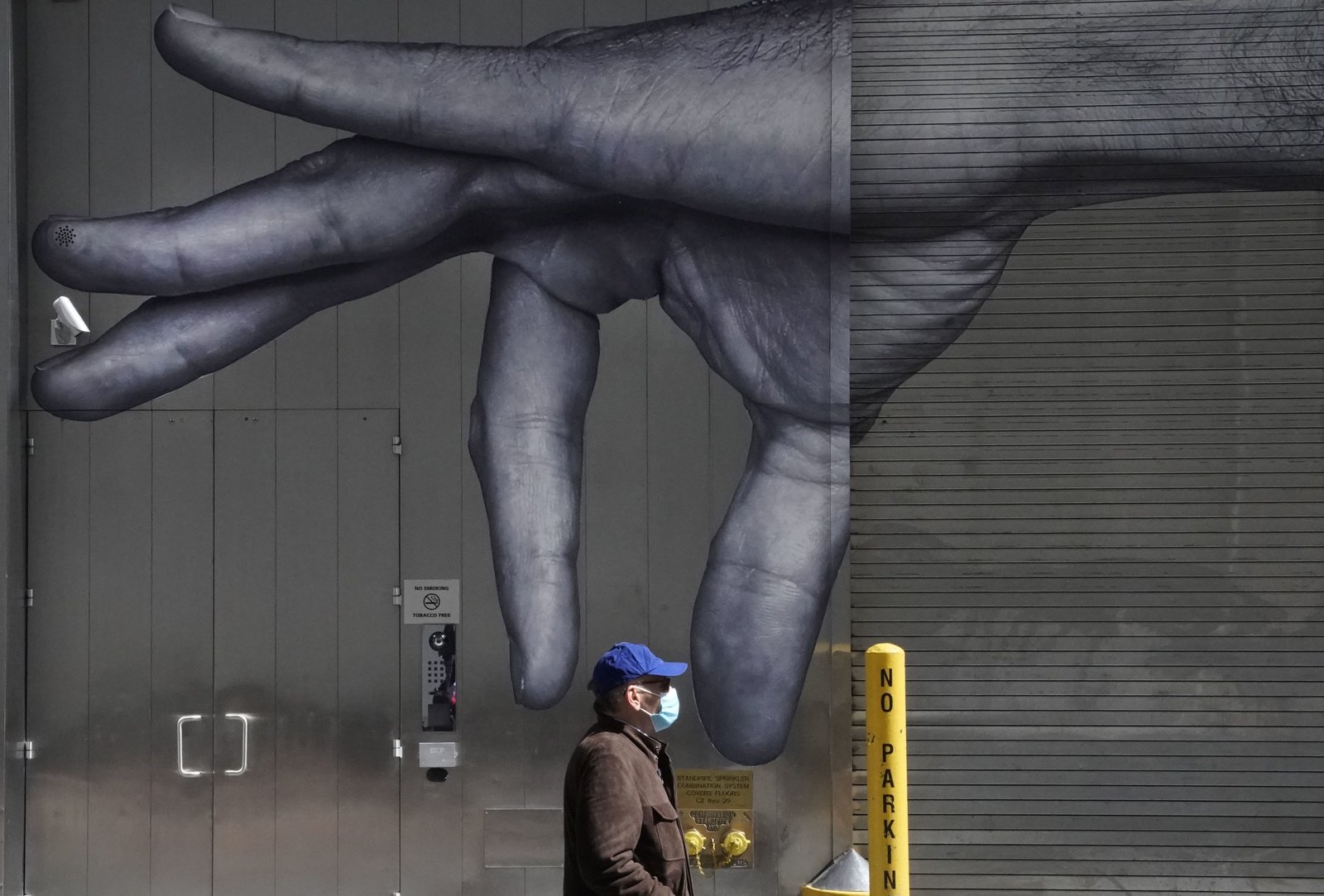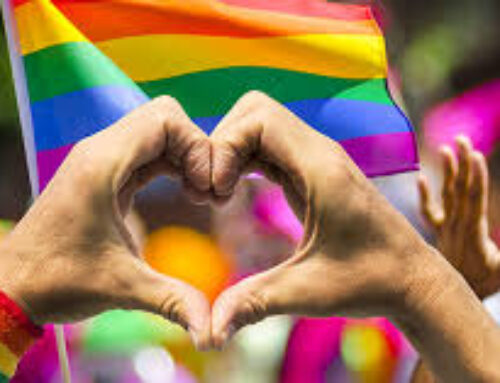To wear or not to wear.
As the right not to wear a COVID protection mask sparks some controversy in the US, how does this debate line up with the choice ‘to’ wear a veil?
While the moral and medical questions of public health hover over the COVID mask policy debate, wearing certain clothes such as veils, Hijab and burka hold different dimensions. While the idea that one should wear clothes like this could be considered a purely religious issue, not all scholars agree that Hijab and other clothes mentioned directly in the Islamic religion.
Some scholars think that veil returns to human tradition and culture, which they inherited from the old generations. People transferred veils and burka between them until it became part of their culture and tradition, so wearing special clothes like this could be inserted under cultural and social rights.
A graphic showing the Islamic dress code in different regions. PHOTO: AFP
There are a lot of European countries that banned the veil and burka - in favor of the majority culture and traditions; and denying the traditional customs of certain minority groups. The first country to do so was France. Starting in 2004, it banned women from wearing a veil. Countries that followed include Belgium, Spain, and Italy where “A woman caught wearing a veil can be jailed for up to seven days or forced to pay a 1378 euro fine” ( Radhika Sanghani, Burka bans). Even though these countries are democratic, they didn’t succeed in fully respecting cultural diversity and minority traditions.
In contrast, there are some countries that allow women to wear veils and only banned Burka, such as Singapore which allows women who wear veils to run for president.
Also, the U.S. “hijab-friendly” policy allows Muslim women to keep their head covered during detention and photos in all local and federal U.S. prisons” (Dina al-Shibeeb,‘Hijab-friendly’ policy urged in U.S. prisons) is followed by Denmark, Mexico, and the Maldives, an act of tolerance and respect toward minorities culture.
While the government could put partial or total bans on these customs, in the interest of security, it is arguable that doing so has the opposite effect.
What is the responsible and acceptable policy approach to dress-code in a multi-cultural modern society?
Governments could simply abide by the Universal Declaration of Cultural Diversity which was sponsored by UNESCO in 2001, and according to Michal Hass “that government should not only respect cultural rights but also foster policies of integration that promote the interaction of diverse cultural groups” (international human rights, Pp. 158). Using declarations like this by the government creates equality between all of the people who live in the state, it increases citizens’ respecting and acceptance of women who wear veils and Burka, it encourages relations and cooperation between different groups with different cultures.







